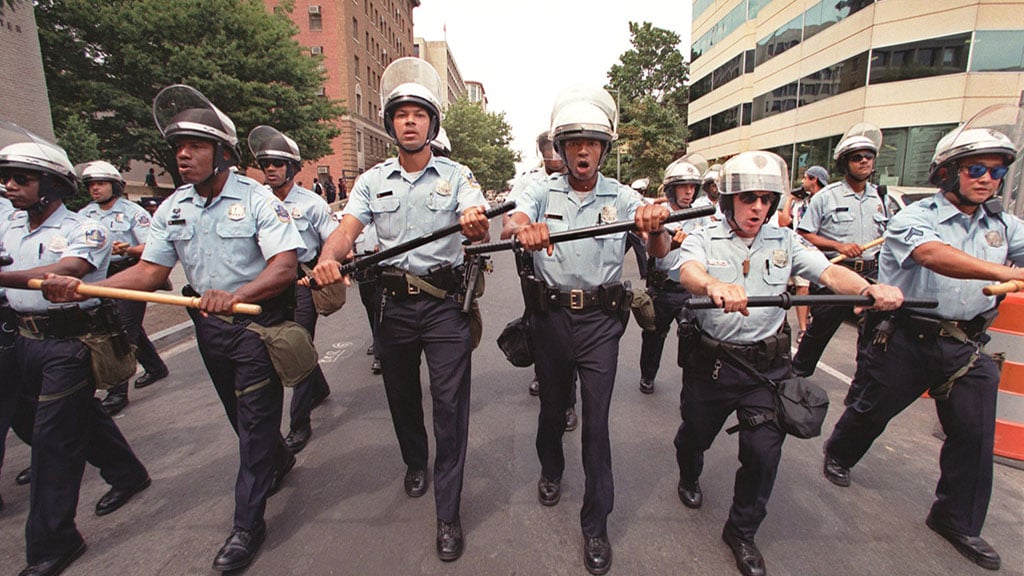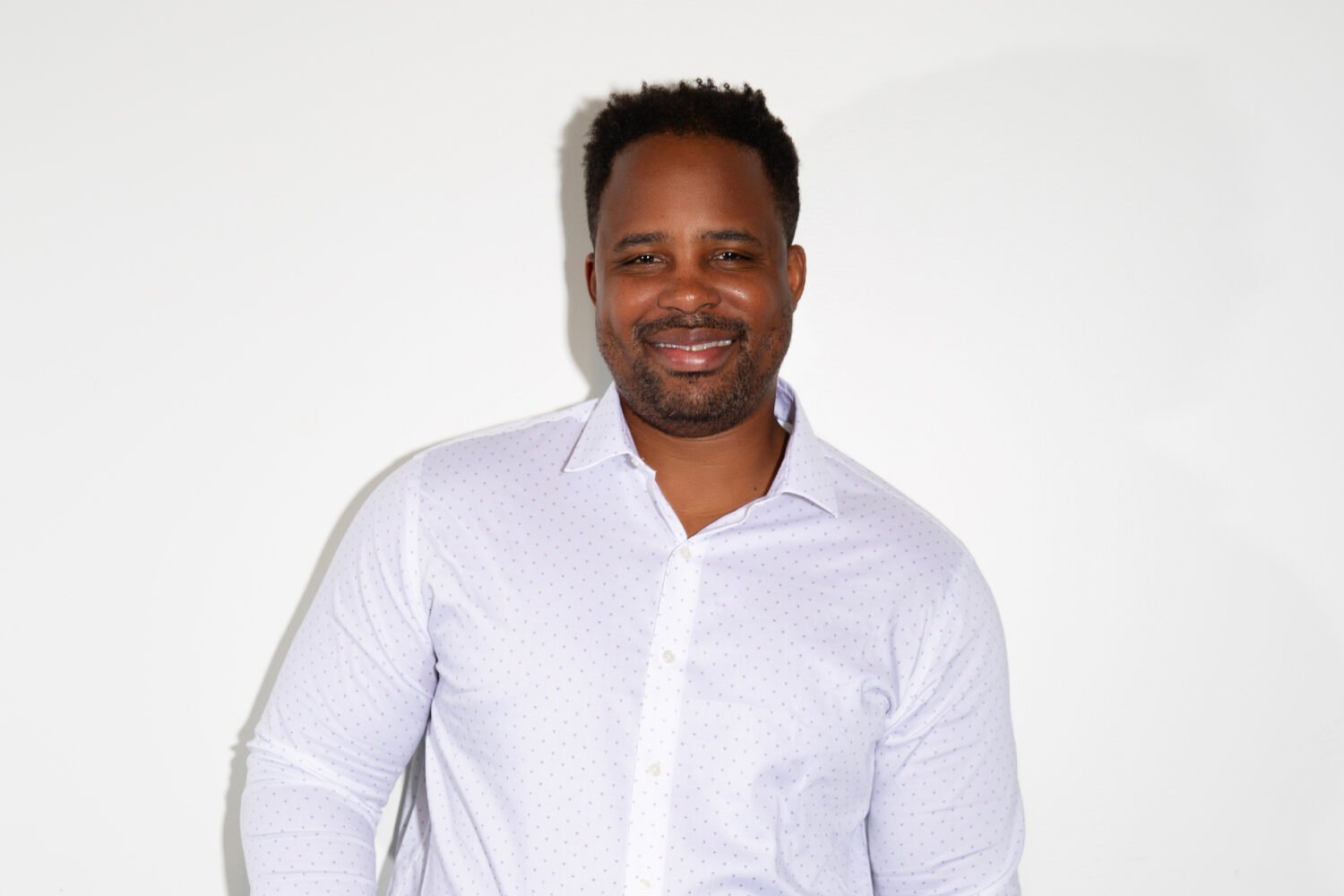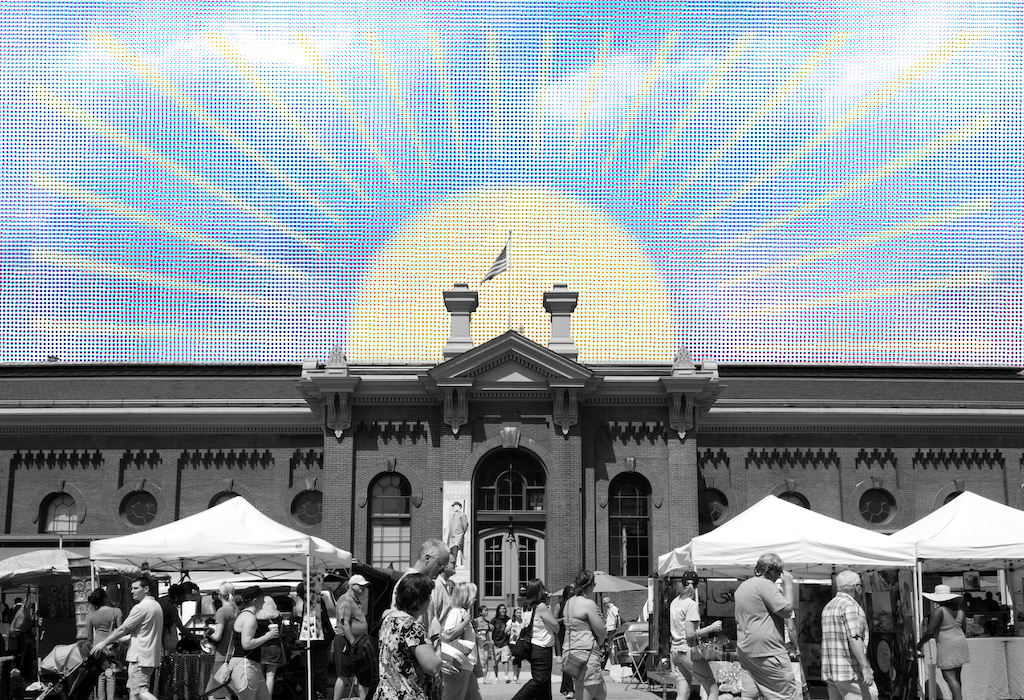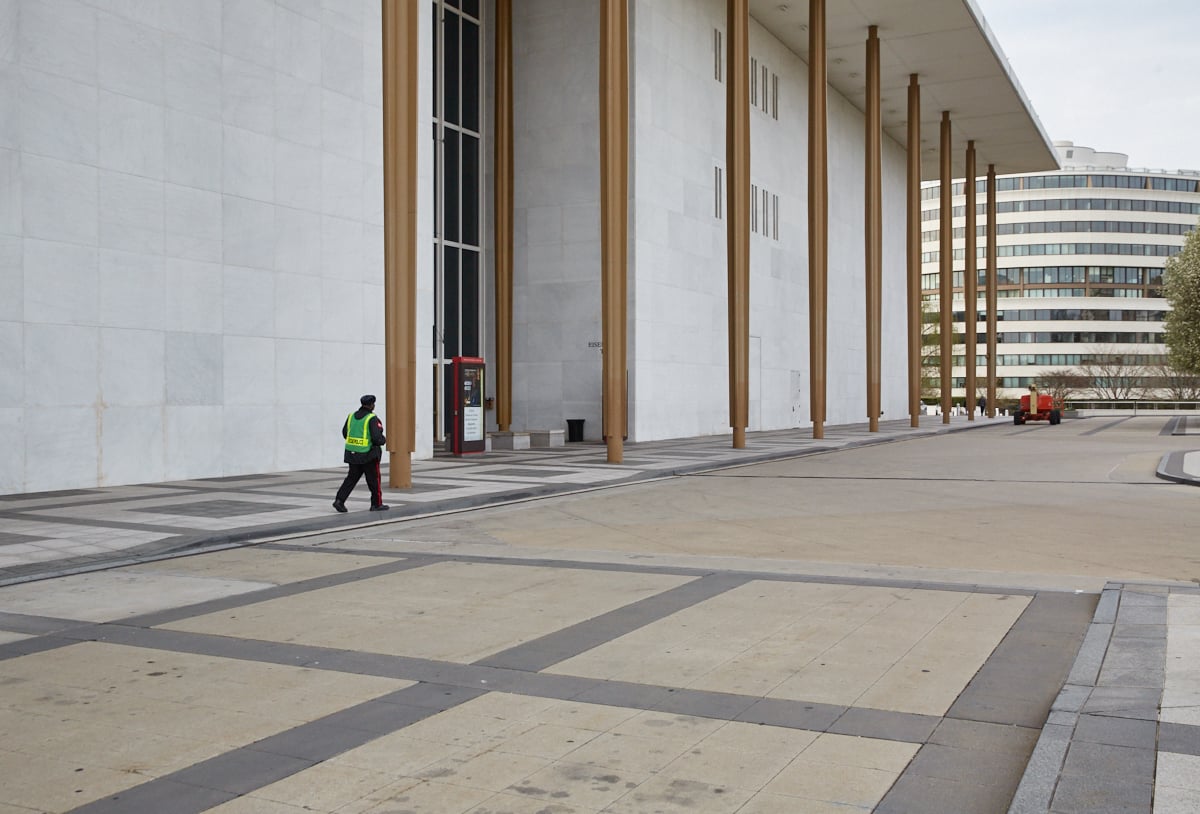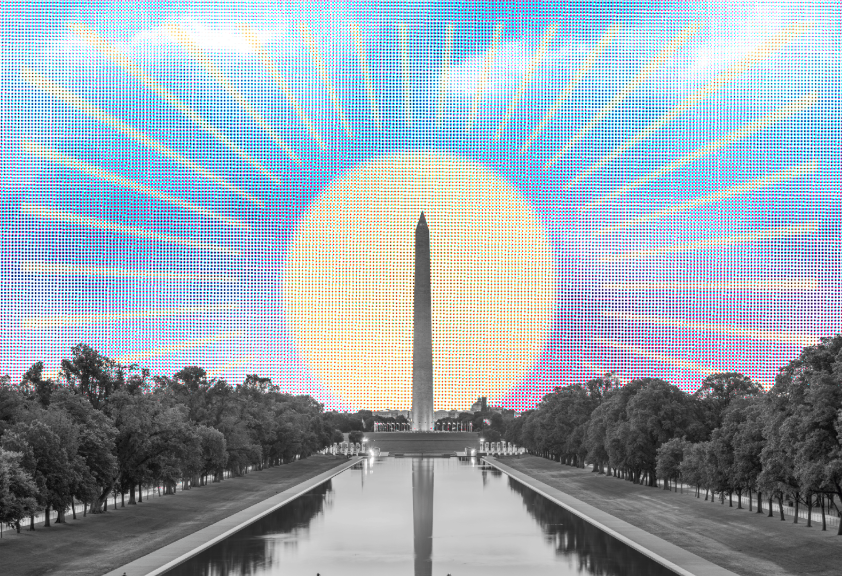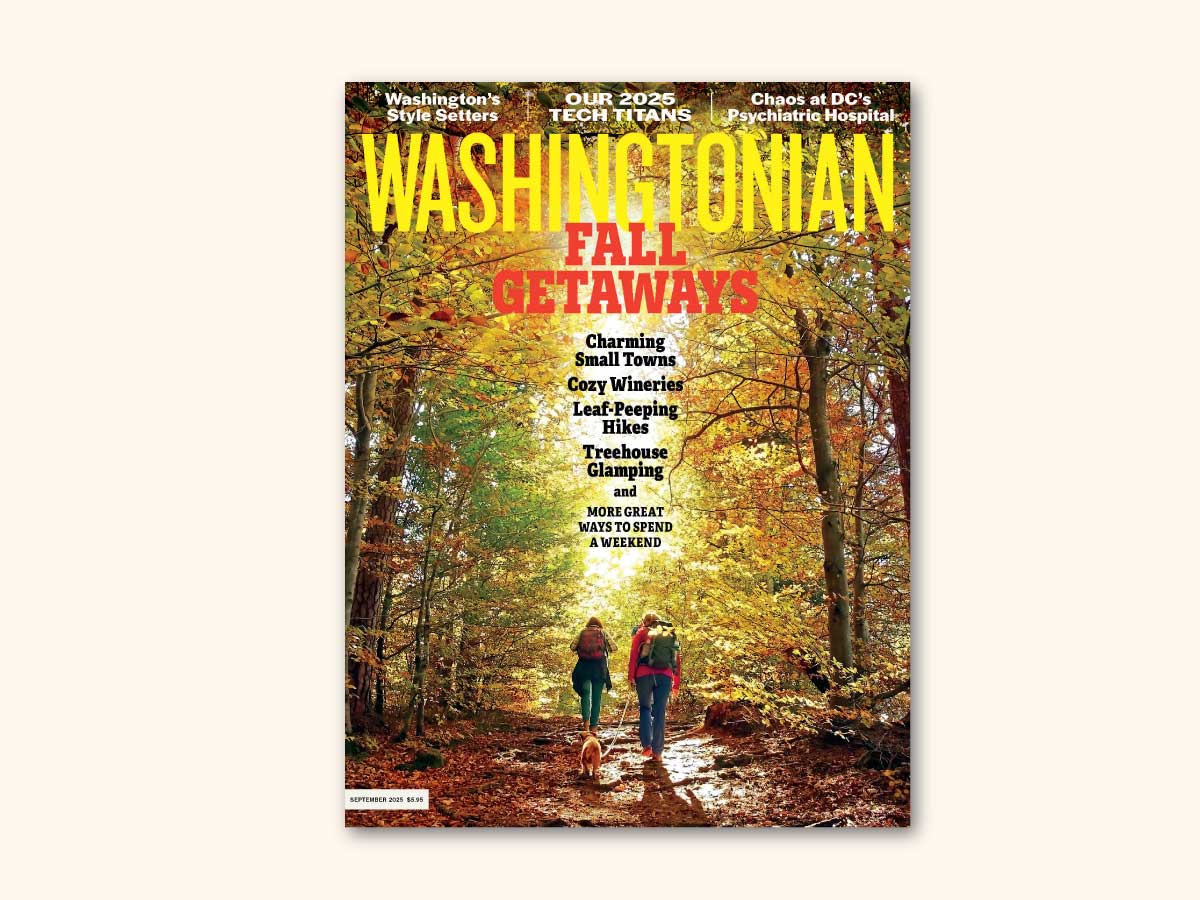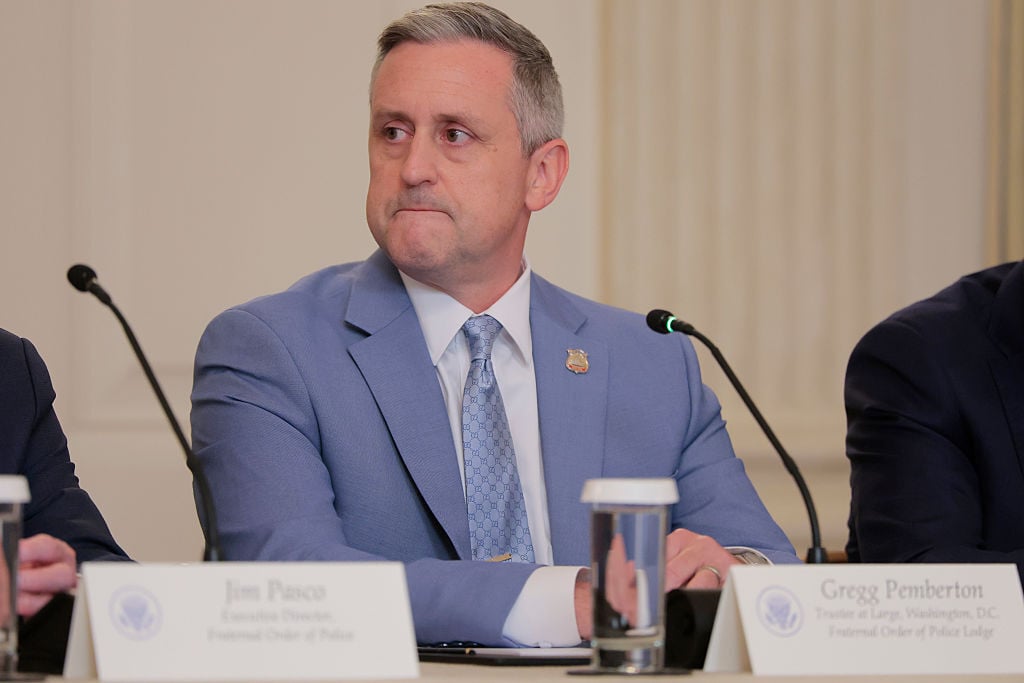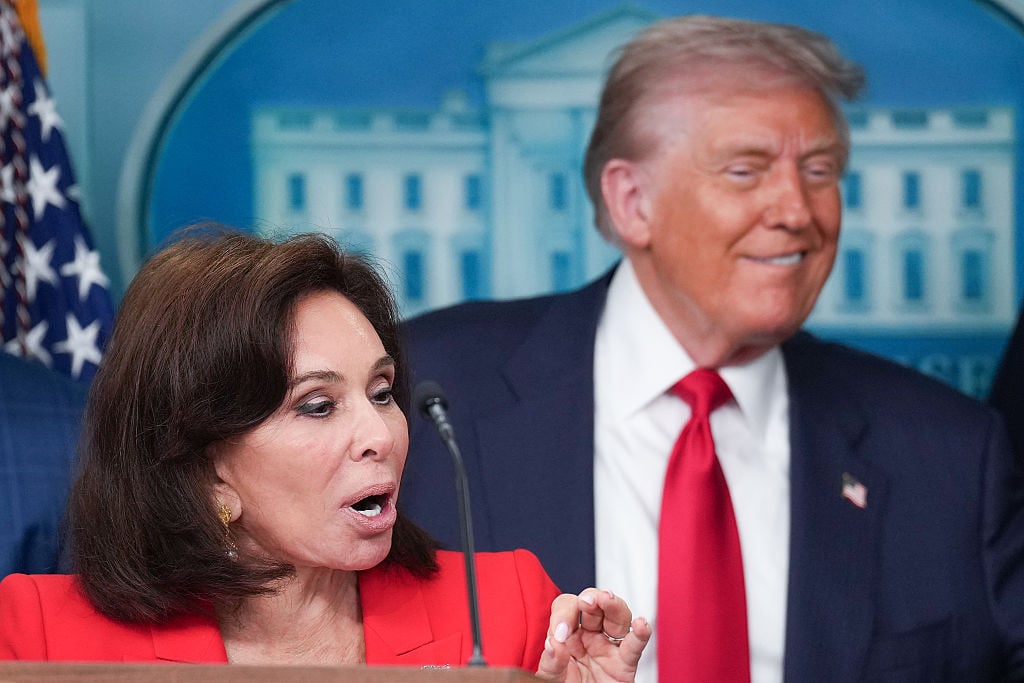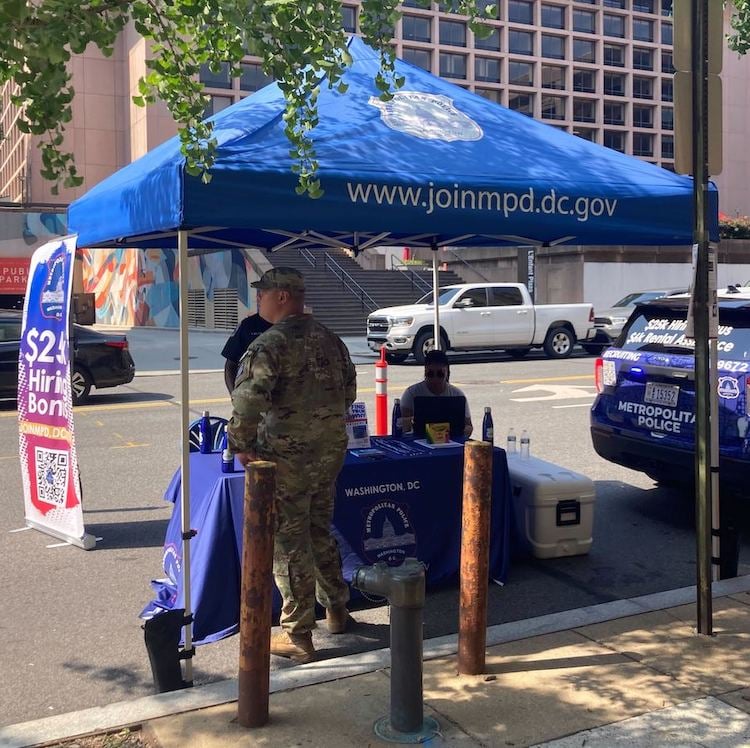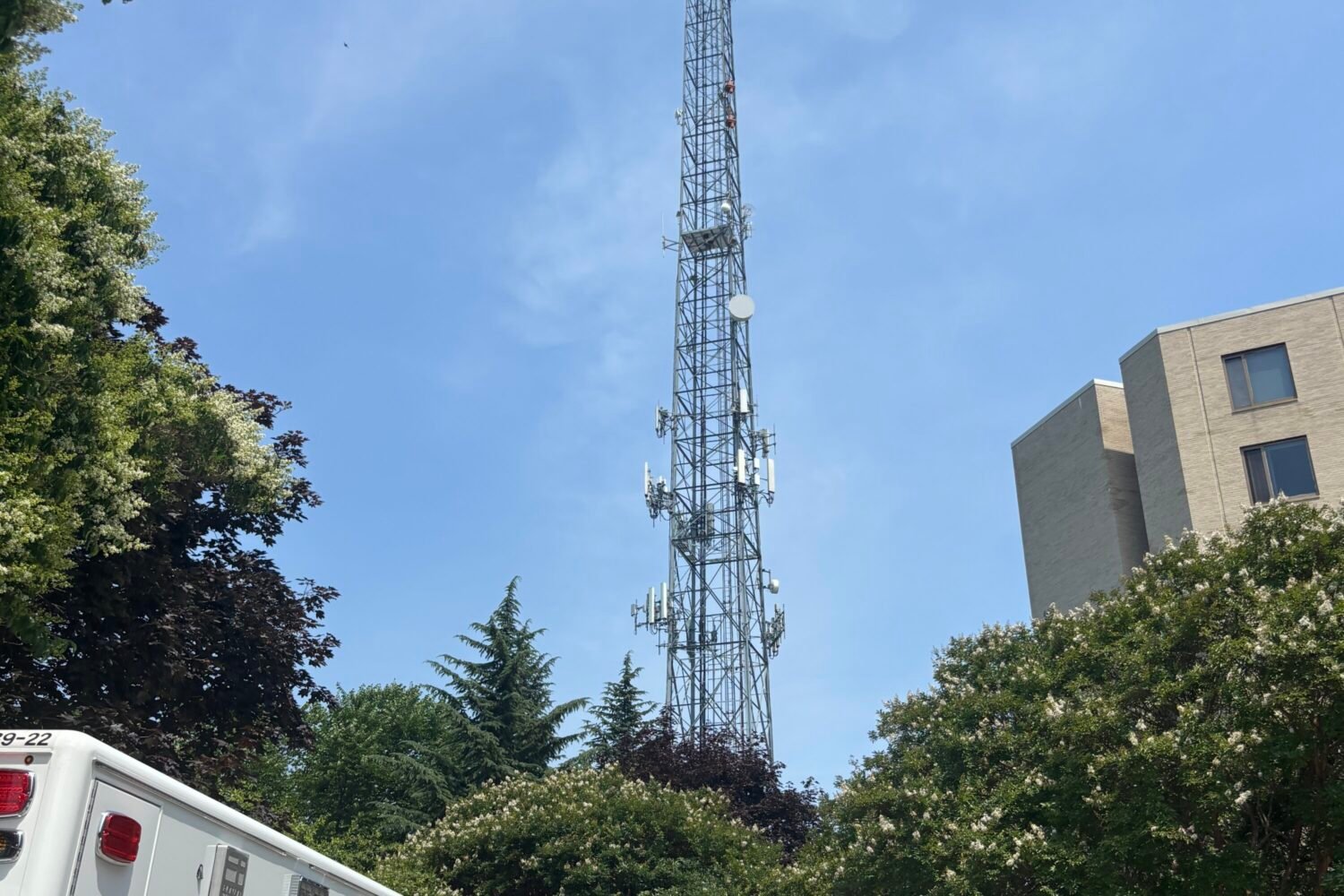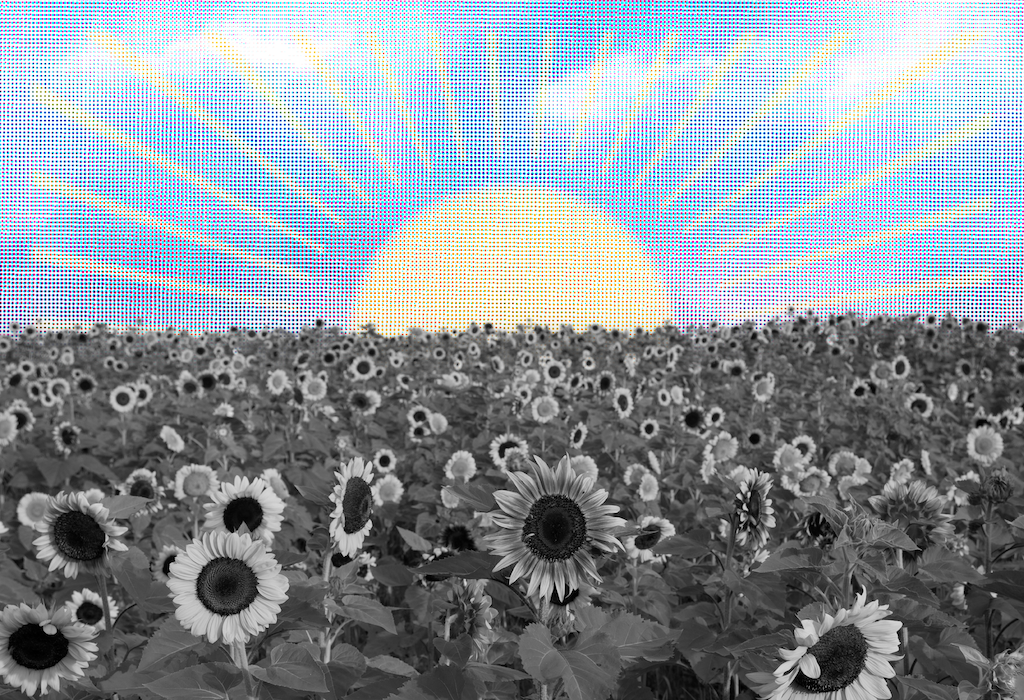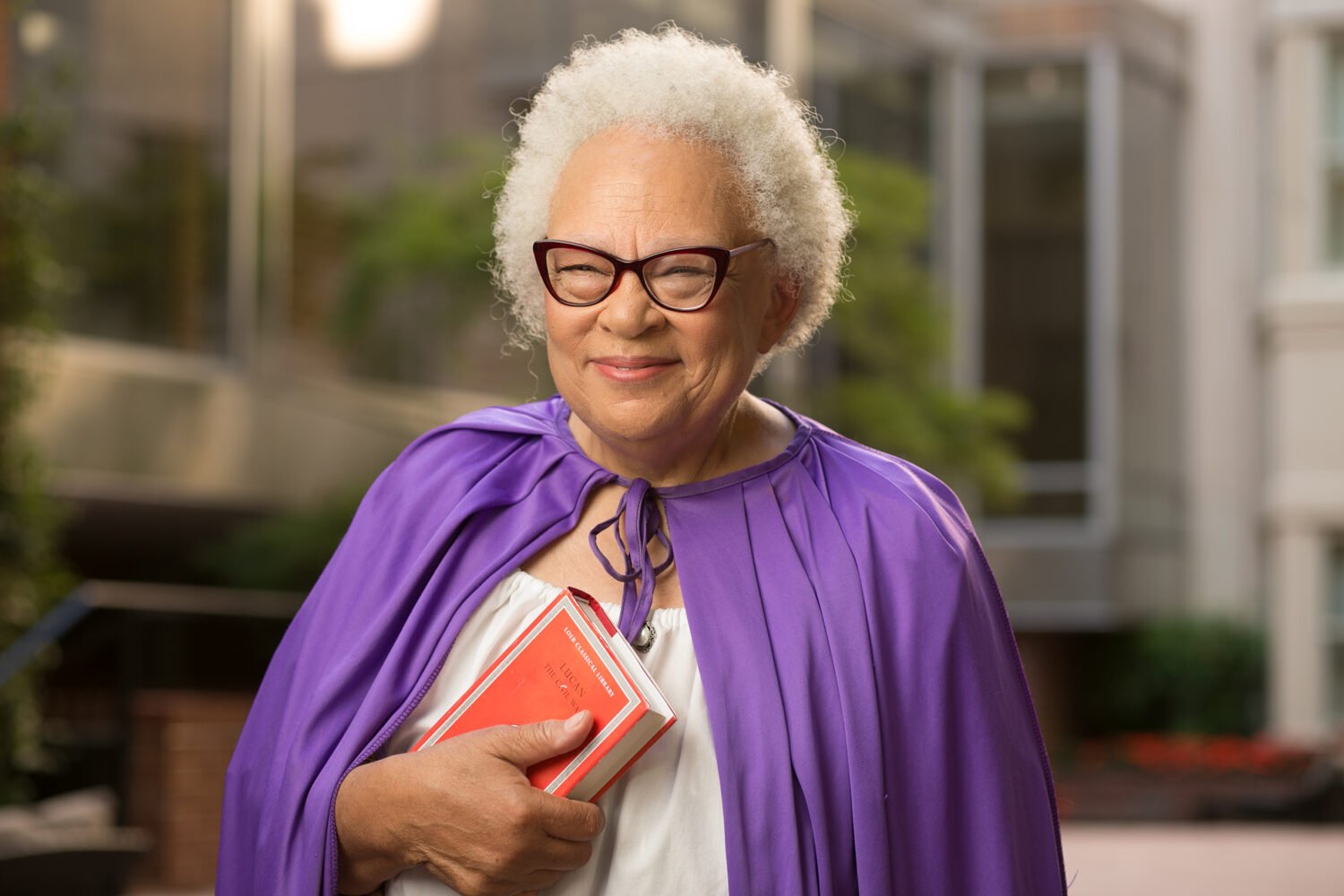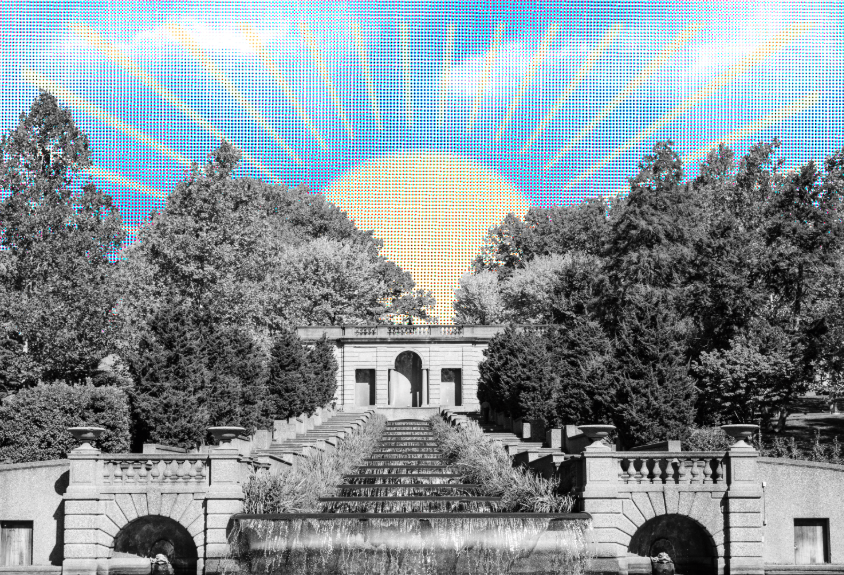I first took note in December, when I found a homeless man sleeping against the door to the church across from my apartment in Logan Circle. It was minus 10 degrees. I called 911. Minutes later, a young white cop rolled up, tried to speak with the fellow, and got a shrug. I thought back to a shooting the summer before that had left a trail of blood up the alley—the officers who arrived to hang the yellow tape were all white. This spring, riding along with Metropolitan Police Department officers in Anacostia for a story, I mentioned how many cops on the street these days were white. My companions confirmed the trend, also borne out by data: The MPD is losing black officers and is headed back to an era when the majority of DC’s police force was white.
The complexion of the District’s police force has long been a political issue. In 1966, when he was a militant civil-rights activist, Marion Barry called the then majority-white DC cops an “occupation army.” When he got to be mayor, Barry appointed a black chief and pushed him (and his successor) to recruit black District residents, broadening hiring standards to do it. After the crack epidemic of the late 1980s and early ’90s pushed the murder rate close to 500 a year, Congress forced DC to hire some 1,500 recruits over two years. Thanks to Barry’s hiring policies, most were African-American, and by 1998 the force was 67 percent black.
That year, responding to complaints about department dysfunction and increased police shootings, new chief Charles Ramsey required recruits to have attended two years of college. Now, as officers who joined during Barry’s minority surge hit retirement age, their replacements are less likely to be black or native to DC—in part, some cops say, because of Ramsey’s college requirement. “If you grow up here and earn a degree,” asks one African-American officer, “would you want to stay in DC and be a cop? No way.”
The share of officers who are black now stands at 55 percent and is falling, according to MPD annual reports. “That’s a shocking change from everything we fought for,” says Lowell K. Duckett Jr., a former lieutenant who once led the DC Black Police Caucus. “All the gains we made to get blacks and other minorities into law enforcement are in flux.”
Washington’s racial shift might not look so stark if other departments weren’t heading in the other direction. Spurred by strife between minority residents and police over the past few decades, New York, LA, Chicago, St. Louis, Baltimore, and other large jurisdictions have worked to hire and retain minorities in law enforcement. In the US as a whole, minority police presence doubled from 1987 to 2013, according last year’s US Bureau of Justice Statistics report, to 27 percent.
DC’s real shift might not look so stark if other cities’ police were not headed in the other direction.
Local police departments around Washington have joined in this national push, though their emphasis recently has been on hiring Latino officers to answer the suburbs’ sustained influx of Central American immigrants. Despite some progress, minority-majority Montgomery County’s force remains nearly 80 percent white, while Arlington’s has held steady at more than 60 percent white for at least five years. Prince George’s, whose population has been mostly African-American for more than two decades, has a nearly equal black/white split on its force after making concerted efforts to hire minorities through the 1980s and ’90s.
Experts say the color of a given cop may not affect public safety. “The effectiveness of racial and ethnic matching of police and the communities they serve is mixed,” says Brian Forst, a criminology professor at American University. “Minority officers are often unreasonably tougher and insensitive, especially on young [black] people.”
In a city that’s rapidly become whiter, you could argue that maintaining a 1980s-era black majority on the police force shouldn’t be an issue. “I’m concerned about making sure the department reflects the diversity of the city,” says DC police chief Cathy Lanier. She points out that the District has gone from about 65 percent African-American in 1990 to less than 50 percent black today. Tracked that way, Lanier explains, “our percentages are consistent.”
“Diversity today is much more challenging than it was in Barry’s time,” says Chuck Wexler, executive director of the Police Executive Research Forum. “The MPD is recruiting gay officers; it has a white female chief and head of the patrol division. Even with the number of black officers dropping, DC is a leader when it comes to diversity.”
The city’s overall demographics, however, have little to do with how—and where—race and power play out. The decline in black cops comes against the backdrop of the District’s rapid gentrification, not to mention lingering resentment about Freddie Gray’s death an hour up I-95 in Baltimore. DC’s African-American neighborhoods, where both crime and law-enforcement presence are highest, are seeing more white faces generally, an impression only reinforced when whites are also policing their streets. “If you have white cops helping new white residents settle into a city that was formerly majority black,” says Paul Butler, a onetime federal prosecutor who now teaches at Georgetown, “that gives a profound racial perception.”
Nor can police/community relations be measured only by statistics. Cops spend much of their time knocking on doors to calm domestic situations or trying to defuse volatile situations on hot summer nights. AU’s Forst notes that problems resulting from bad communication seem to decrease when minority officers work in minority neighborhoods.
The cops I spoke to were quick to make the same point. “Some white officers fresh out of college don’t understand the culture of fighting on our streets,” says one black DC officer. “It can put them in a state of shock.”
It’s not only skin color but also upbringing that poses a danger. “New officers from out of town are coming with their own values and morals,” says an officer who isn’t authorized by the MPD to comment. “They may not understand what life is like in some of our neighborhoods.”
Lanier agrees there’s “tension” when new officers are forced to adapt to African-American neighborhoods but points out that those challenges apply “whether you are black or white.” DC Council chair Phil Mendelson adds, “No doubt these problems may be exacerbated by race.”
The answer to DC’s thinning black line might not necessarily be more black officers. “A diverse workforce by itself is not sufficient,” says Wexler. Like most experts, he advises the District to bulk up on training and supervision. As it happens, in August DC public schools will launch a program that trains students for careers in law enforcement, intended to produce a homegrown, well-tutored pool of recruits. It may be the best way to ensure that, as Wexler says, “everyone goes home safe at night.”
This article appears in our June 2016 issue of Washingtonian.

